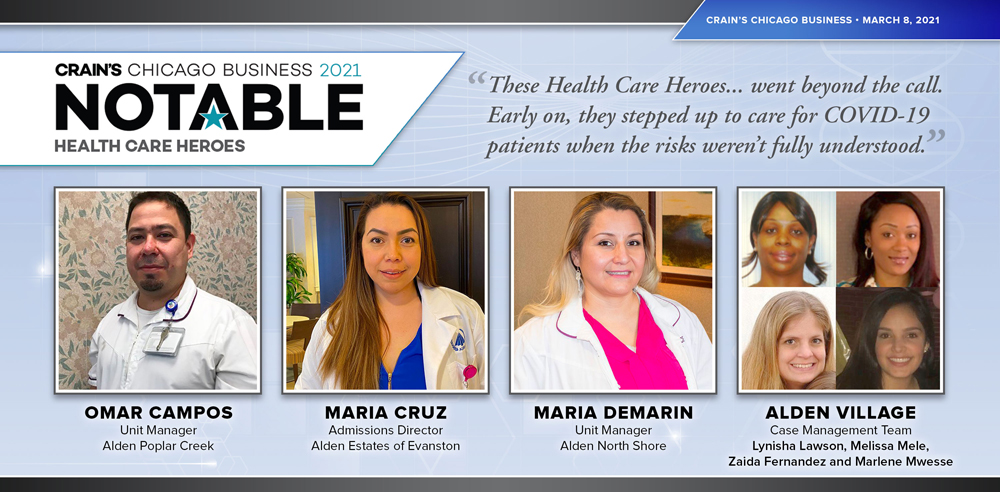Improve Your “Eye-Q!”

While “grannies in glasses” is an ageist stereotype, it is true that our eyes change as we get older. It’s important for older adults to get regular eye exams, because some age-related vision changes can be hard to detect. With regular exams, your ophthalmologist can detect problems early when treatment is more likely to be successful. Staying on top of changing vision issues is especially important for older adults who drive. Here are some signs that you should seek the care of an ophthalmologist—a medical doctor specializing in the diagnosis, medical and surgical treatment of eye diseases and conditions:
Difficulty differentiating an object from its similarly hued background. It may be hard to see a white computer mouse on a white desk. This is a loss of “contrast sensitivity,” and is an important measure of visual function. Someone with 20/20 vision can still have problems with contrast sensitivity that could affect their ability drive at night or safely climb stairs,
Reading a menu or doing detailed embroidery has become increasingly difficult. As the eye ages, its lens becomes less flexible, making it more difficult to read at close range or do “near work.” This condition is called presbyopia, which comes from the Greek meaning “old eye.” Nearly all adults experience presbyopia starting around age 40. The most common treatment is simply to use reading glasses.
Eyes suddenly burn or sting and water excessively. While seemingly opposite symptoms, both can be signs of dry eye. Dry eye is very common as people get older, especially in women experiencing hormonal changes that can alter tear production. For most people, treatment for dry eye is as simple as using over-the-counter eye drops. If these do not provide relief, an ophthalmologist may prescribe medication or suggest surgical options.
Seeing clouds float in front of vision or occasional flashes of light. The clouds are actually tiny clumps of cells floating in the vitreous gel, the clear gel-like fluid inside the eye, and are also called “floaters.” The flashes of light are caused by vitreous gel pulling at the retina, the light-sensitive tissue lining the back of the eye, as it moves. Floaters and flashes become more common as one ages, but a sudden increase could be a sign of a torn retina, and an ophthalmologist should be seen immediately, as surgery is often a required treatment.
Colors are muted; lights appear to have halos. These can be a sign of cataracts, a clouding of the eye’s lens that nearly everyone develops as they age. Treatment for cataracts is usually surgery, which is one of the most common elective surgeries performed in the United States, and has been shown to significantly improve vision and quality of life.
Central vision seems hazy, making it difficult to recognize faces. This is a common symptom of age-related macular degeneration (AMD). Because symptoms usually aren’t noticeable until vision loss has already occurred, routine eye exams are essential to help diagnose AMD early to prevent vision loss. AMD has two forms—wet and dry. Treatment for wet AMD usually includes injections of anti-VEGF, a drug that blocks the growth of abnormal blood vessels under the retina. At this time, dry AMD has no proven treatment, but research has shown that certain dietary supplements can help to slow its progression. Many clinical trials are underway to search for a treatment for dry AMD.
Trouble seeing at intersections while driving. Deteriorating peripheral vision may be a sign of glaucoma, a leading cause of irreversible blindness. Vision loss is so gradual that people affected by the condition are often unaware of it until their sight has already been compromised. Fortunately, most vision loss from glaucoma can be prevented with early detection and medical intervention, which emphasizes the importance of seeing an ophthalmologist regularly, especially if a person has certain risk factors such as African or Hispanic ancestry and having migraines, diabetes or low blood pressure. The most common treatment for glaucoma is medicated eye drops.
Many vision problems can be treated if detected early on. The National Institute of Health recommends everyone over the age of 50 get a dilated eye exam every year or as recommended by their eye doctor. Keep your eyes healthy and safe with the following tips:
- Wear proper eye protection such as safety glasses or goggles when you are doing certain tasks like construction or home repair.
- Wear sunglasses that are rated to block 99 to 100% of UVA and UVB rays.
- Rest your eyes, especially if you spend a lot of time in front of a computer. Follow the “20/20” rule: every 20 minutes, take a break to look at something 20 feet away for 20 seconds.
- Practice good hygiene. Wash your hands before you put in your contacts and regularly clean your glasses—including the frames!
With these tips and regular eye checkups, you’ll be seeing well into the future.
Source: IlluminAge with information from the National Eye Institute.


